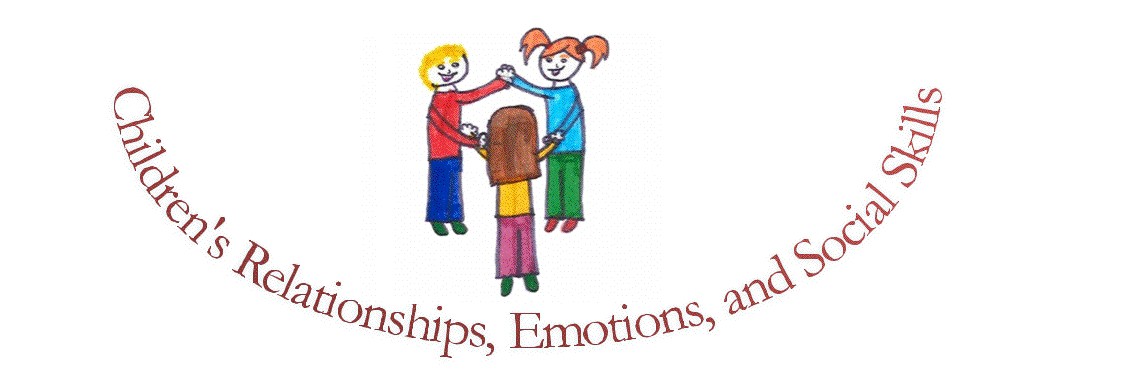Most academics would agree that viva examiners are probably the only people to ever read a doctoral thesis cover to cover – not an easy thing to accept when you’ve spent the past 3-4 years grafting to produce it and when you know the research is relevant to professionals who may be beyond the reach of most academic journals. But after my own viva examination, I began to accept that there it would sit, my doctoral thesis, reduced to a nondescript tome gathering dust, never to see the light of day again…
Well, that was what I thought until Robin Banerjee (who supervised my doctoral programme of work) and I hatched a plan to produce a public report which would detail the research contained in my thesis in a way that would be easily accessible to non-academics (and to anyone without the inclination to read a 226 page thesis containing 61,566 words). Disseminating our findings widely to a non-academic audience became a key aim for us given that my doctoral programme of work focused on understanding school ‘disaffection’ and what role creative arts involvement may play in ‘re-engaging’ young people who had experienced exclusion from mainstream school. This was research we felt was important to get out into the ‘real world’, beyond academics with access to academic journals, to the professionals working with young people across multiple sites including schools, Pupil Referral Units, and creative arts groups. And so, thanks to the very generous and talented design work of my husband Phil (top tip: to all the academics out there, get a partner who is a graphic designer!) we have in recent months finally produced a really nice, brief and accessible summary report of my thesis, which is also downloadable here.
The report summarises the three studies I carried out during my doctoral programme of work which found support for a theoretical model Robin and I developed. The model was designed to help us make sense of disaffected young people’s emotional and behavioural presentations at school, such as the feelings of frustration and anger, and the anti-social behaviour. We showed how these patterns are connected to negative social environmental experiences at home and at school, which served to undermine young people’s basic psychological needs, as identified in Self-Determination Theory. Furthermore, feelings about the self, motivations and aspirations appeared to play a key role in these connections.
Finally, our results highlighted the potential for nurturing creative arts experiences to provide a uniquely stable basis for young people excluded from school, and in many cases from wider society, to engage in a process of self-development. Robin and I have continued to explore this exciting avenue of research via Beating the Odds.
That might have been the end of the story for the long version of my thesis, until I learned just recently that a very eminent educational practitioner – Tony Schwab, who is principal of New Alliance Academy in Paramus, New Jersey, and so who keenly understands the issues I try to tease out in my thesis – had not only taken time to read my thesis, but to write his very valuable reflections on it. I felt honoured that my thesis had been granted so much thought and reflection, and reading his piece made me in turn reflect on the work I had done with fresh eyes. In particular, his observation that phenomenological approaches — which set aside preconceptions and which explore young people’s lived experiences — should be at the forefront of research with young people on the margins is certainly something that resonates for me now. His passion for teaching leaps off the page, and I couldn’t agree more when he says that: ‘We should see the disaffected as, in a myriad of ways, like everyone else. Thus, a new model of disaffection will augment our understanding of all education.’
I am left with renewed zeal for understanding the place of voices, stories, identities, education, literature and the creative arts in supporting young people to create fulfilling lives for themselves.

